Two nights ago my daughter read a sentence all by herself for the first time, and left me at a loss for words. I was amazed at her ability to recognize little words and sound out words as she read, “Red Puppy is in the basket, too”. After telling her how proud I was of her, I told her father, and called my parents so they could all tell her how proud they were of her too; that’s how excited I was.
Children typically learn to read on their own between 5 and 7 years of age but their success depends significantly on their interest level and how well you help them to develop the necessary reading skills. Below is a list, in no particular order, of ways you can help encourage your child’s love of books and eventually help him or her learn to read.
1. Read to your child daily.
One of the earliest memories I have is of my dad reading to me. I have been reading two or three books to my children daily since they were a just few months old. This has helped instill a love of reading in my children, which is a very important factor in how successfully they will learn to read in school. Reading to your child is also a good way to spend quality time and bond with your child. You can read lullabies and song books to your baby, let your baby look at soft books, textured books, and colourful board books with real pictures as they grow. You can read song books, rhyme books, alphabet books, and short story books to your toddler.
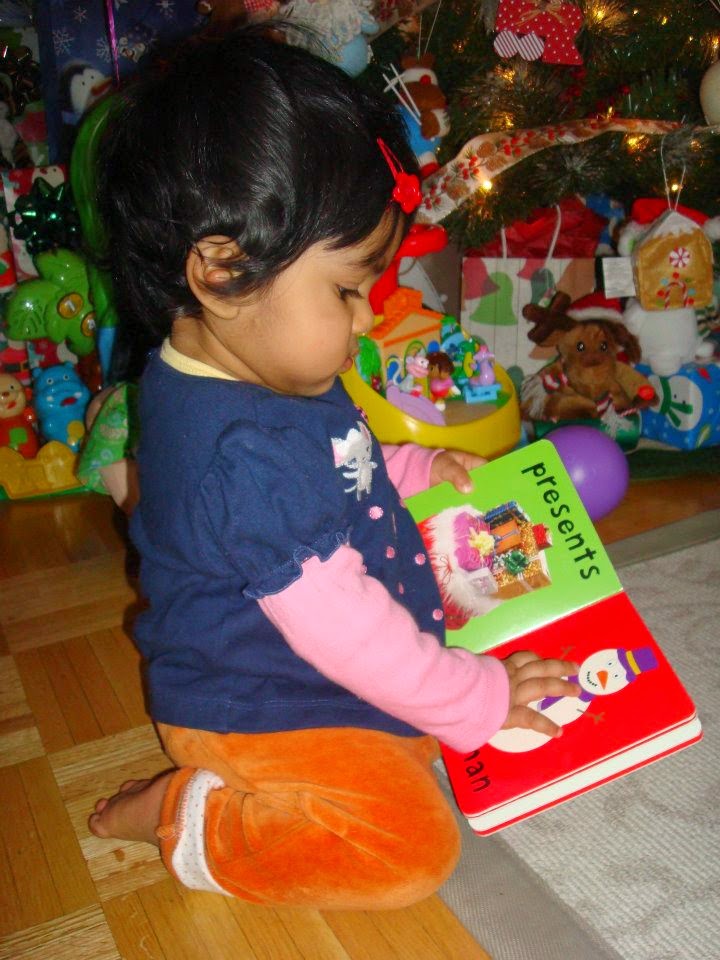
2. Be a good role model.
Kids learn by example so make sure you allow your child to see that you read too (books, magazines, newspaper, mail, recipes).
3. Go to the library often.
I started taking my children to the library when they were just babies and it’s something we do to spend time together as a family. The wonderful thing about the library is that there is a huge selection of books to choose from so your child will inevitably find one he or she wants to look at. Most libraries even have days scheduled for story-time with songs, dance, and puppets.
4. Teach your child the alphabet.
One of the songs I sang regularly to my children when they were babies, is the ABC Song. Children pick up the song fairly quickly but you will still have to teach them to recognize the upper and lower case letters of the alphabet. One way I taught my children the letters of the alphabet was by using their ABC floor mat. We made a game out of saying the name of the letter as we hopped onto each letter. Another way I taught my children their ABCs was by pointing out letters wherever we went. I also used alphabet blocks and flashcards to teach not only letters but to arrange the letters in the correct order. Lower case letters were taught by making a matching game with flashcards. The object of the game was to correctly match the lower case letters to their uppercase counterparts.
5. Teach your child the letter sounds.
As soon as my children started recognizing letters by themselves, I introduced them to letter sounds. I highly recommend buying the Leapfrog toy, Letter Factory because the toy teaches the upper case letters of the alphabet as well each letter sound. Another way to teach letter sounds is through singing the song, “Every Letter Has a Sound”. Knowing the letter sounds will help your child sound out small words as he or she begins to read.
6. Ask questions before, during, and after every story.
It is important to not only to learn to read but comprehend what is being read as well. Before we read a new book I ask my children to tell me what they think the story is about by looking at the cover and the title of the book. During the book I ask them to guess what will happen next, as well as other relevant questions. At the end of the book, I ask my children to tell me what the story was about. By asking questions, it allows to child to process what the book was about and re-tell the story in their own words. You can start doing this with your child between the ages of two and three years.
7. Point to words as you read.
I always point to words as I read. I did this even before my children knew their letters. By following your finger, your child will learn to read from top to bottom and from left to right. Pointing out capital letters, question marks, and exclamation marks help children learn the language. Explaining a new word will increase their vocabulary and help them understand the story.
8. Introduce rhyming words.
Reading rhyming books help children recognize patterns in reading which is an important skill needed for successful reading. Rhyming books that my children enjoy are Dr. Seuss books and I Spy books. You can also point out rhyming words in other books as you see them. As your child grows, you can also play rhyming games.
9. Sound out words.
I started sounding out familiar small words as I read as soon as my children knew their letter sounds. I point to random words and ask them what letter it starts with and what letter it ends with. I also ask my children to tell me each letter sounds in that specific word. I believe by doing this regularly it gives them a great advantage in eventually being able to sound out words by themselves.
10. Help your child memorize some Dolch words.
Dolch words are 220 words that occur frequently in reading but cannot be sounded out. These words need to be memorized. I didn’t start doing this until about a month ago because I thought my daughter was too young. Her teacher, however, thought she was ready. I wouldn’t recommend attempting to teach your child sight words before age 4 though. Since I started practicing sight words with my daughter, my four year old daughter has successfully learnt 22 words in three weeks. I didn’t teach my daughter these words through straight memorization. We wrote the words using markers and coloured pencils, we spelled the words out loud while clapping for each letter, and we even used flashcards. Learning these sight words is what helped my daughter read her first complete sentence a couple nights ago. To learn more about Dolch words click here.
Learning to read is a process that requires a lot of patience and time. The more you implement the above strategies, the easier it will be for your child to learn to read. Keep in mind that every child learns differently and at his or his own pace. The most important thing is to make learning enjoyable for your child.

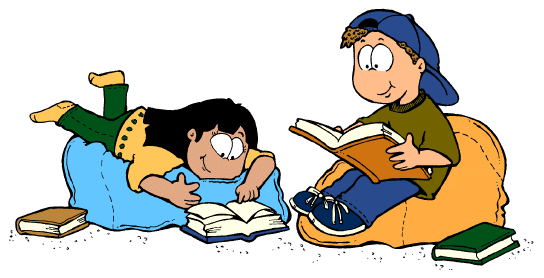

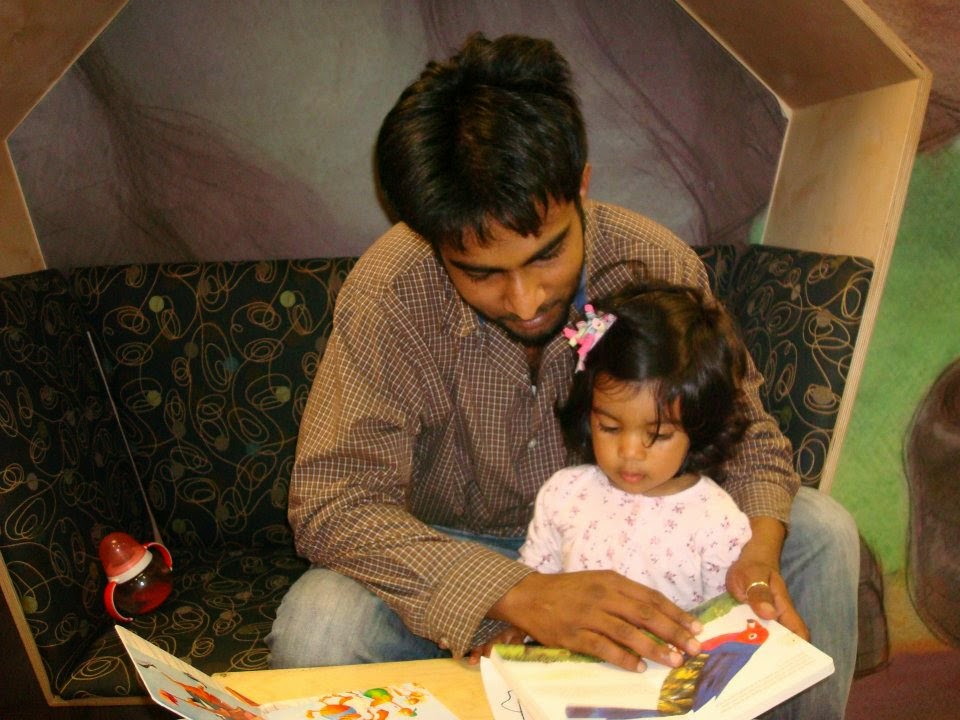
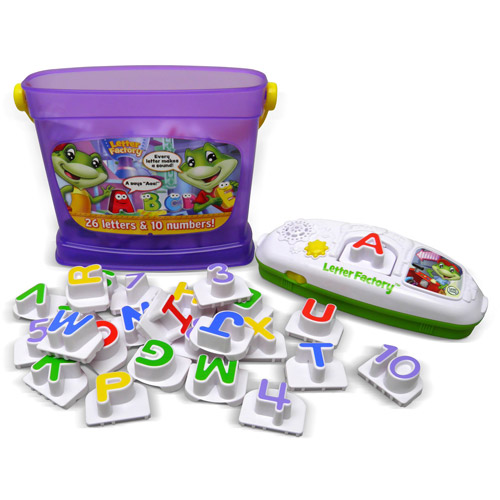
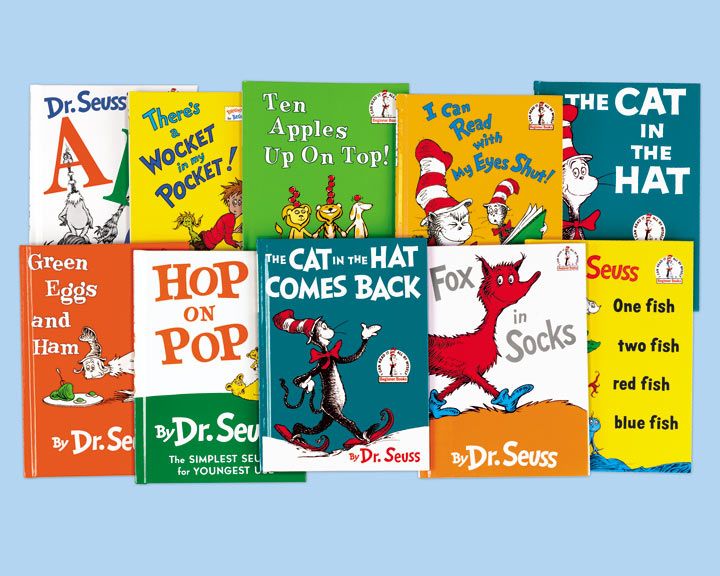
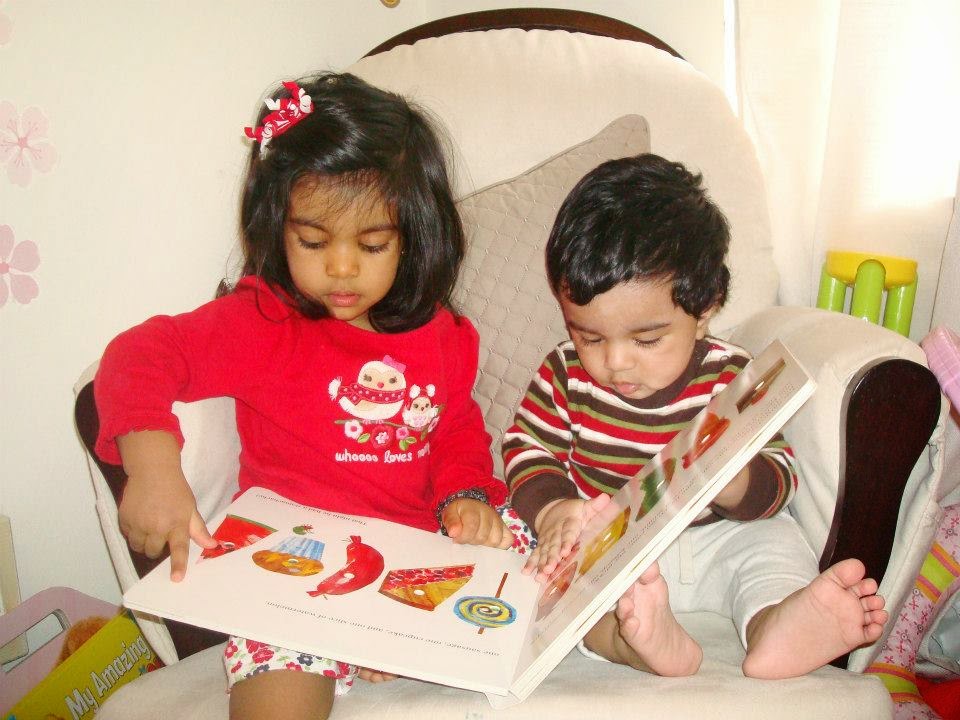
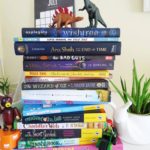


[…] Teaching Your Child to Read […]
[…] My children have always been interested in books, probably because I started reading to them when they were just a few months old. They have picked up a lot more than I thought was possible from just hearing me read. Here are ten things you can do to help your child learn to read. […]